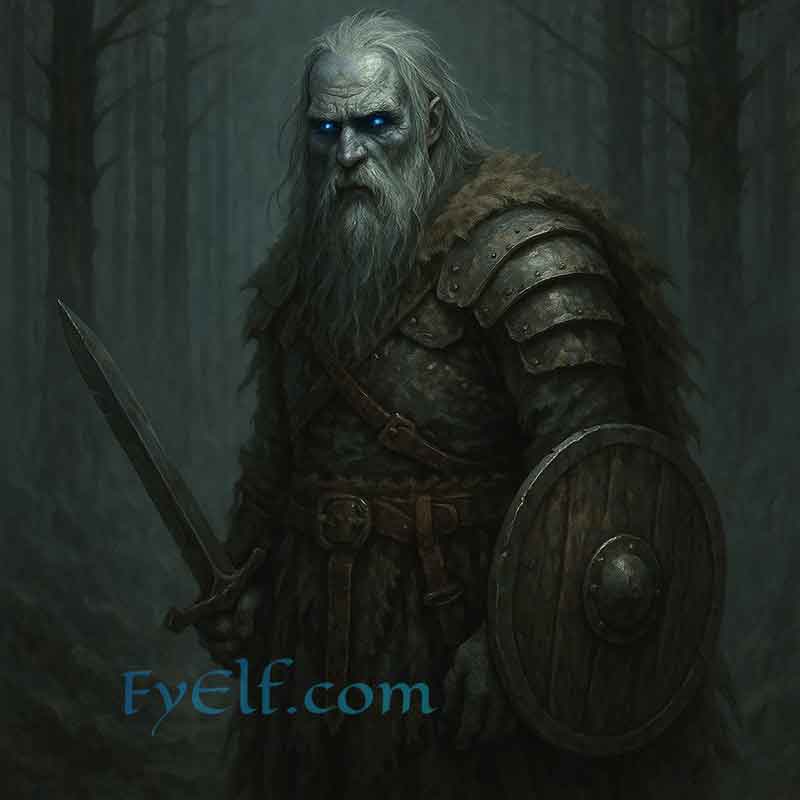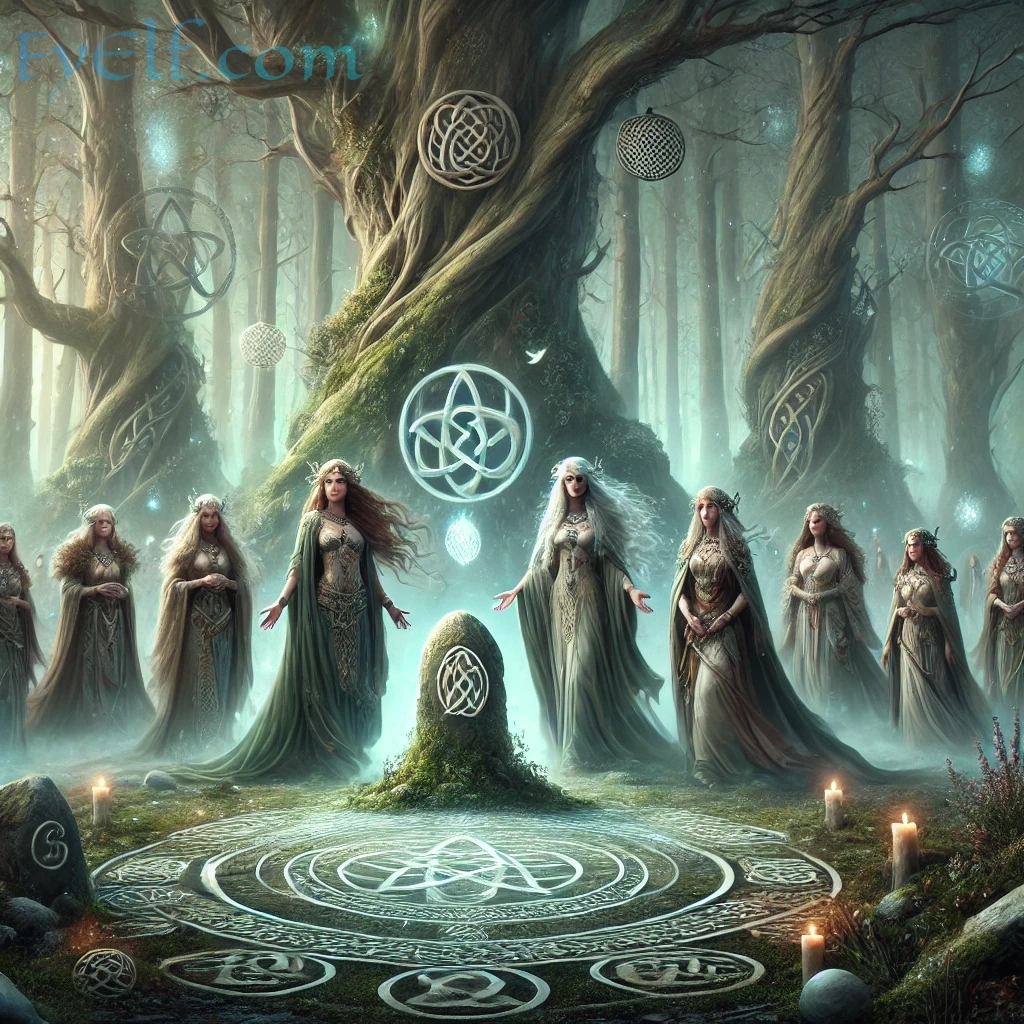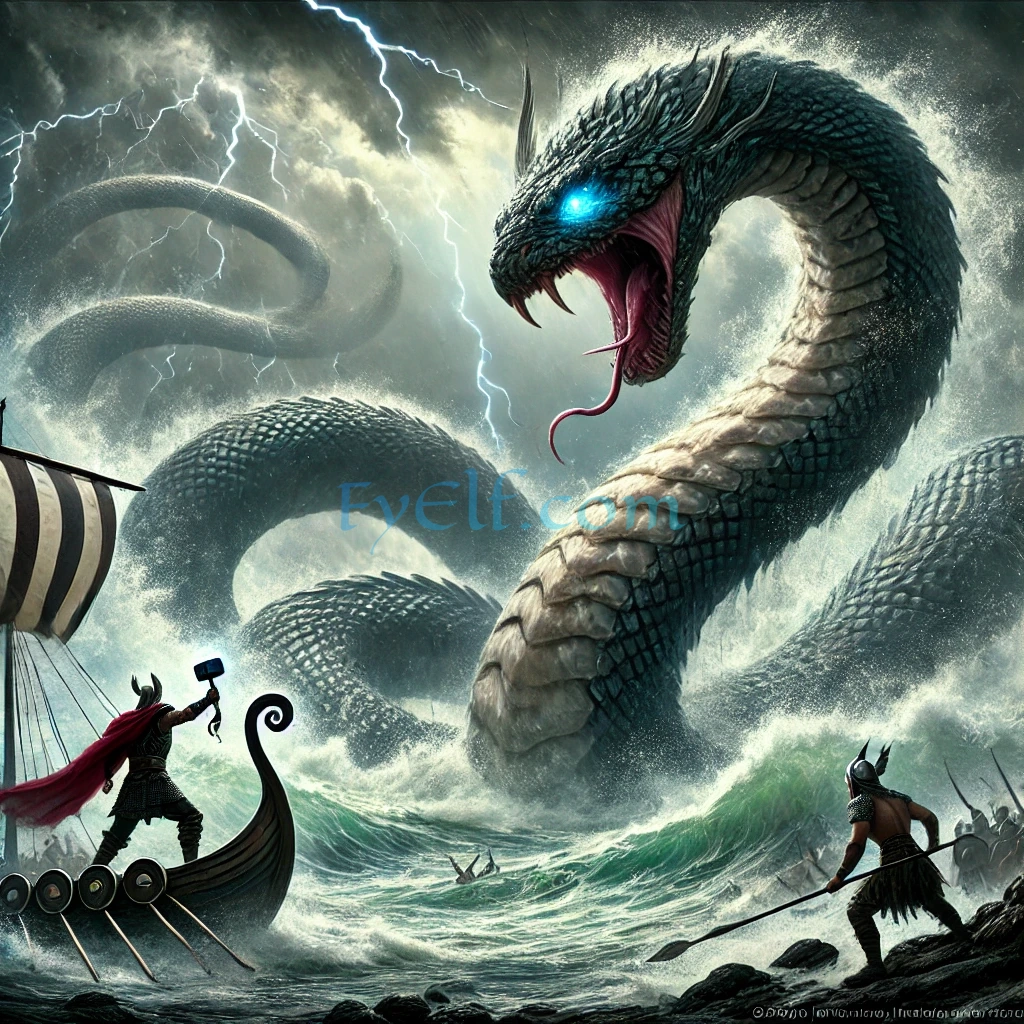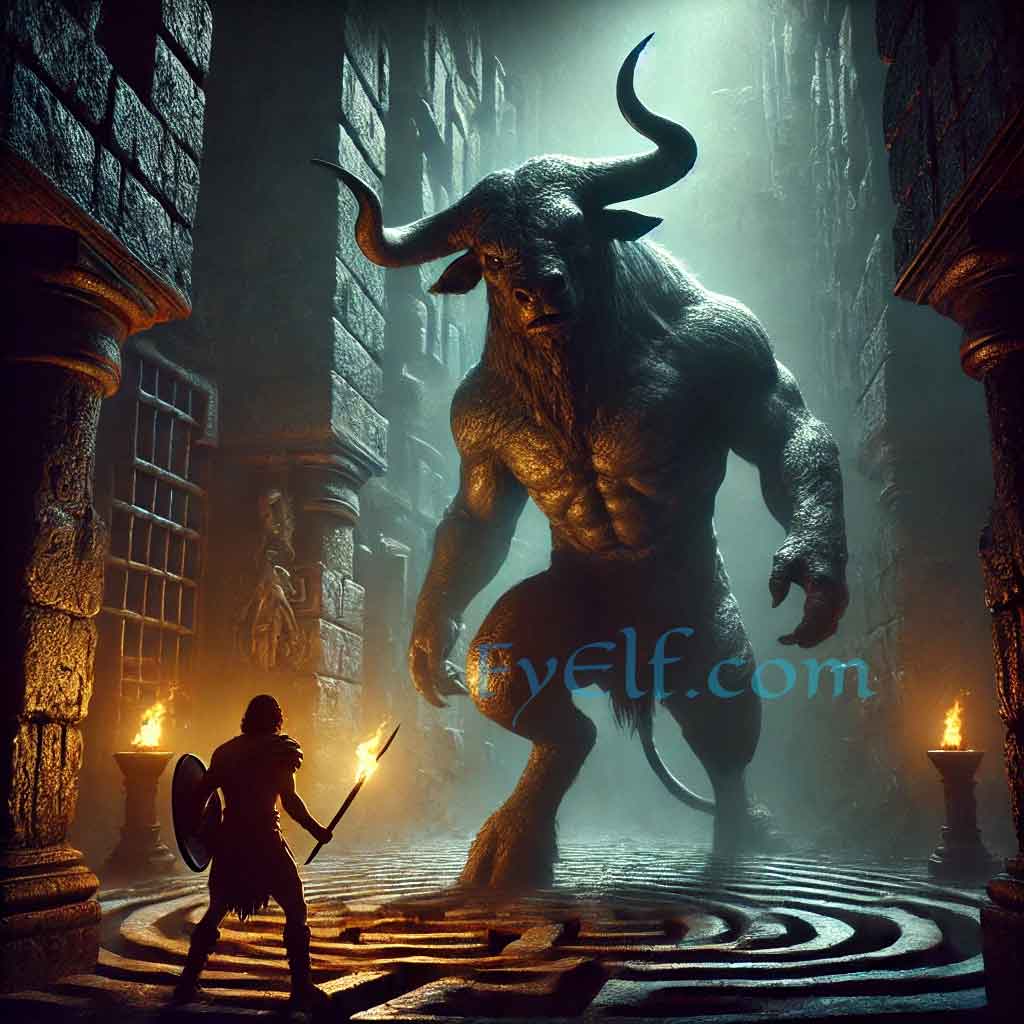What Is a Kelpie?
In Celtic mythology, the Kelpie is one of the most fascinating yet frightening water spirits. Most commonly found in Scottish folklore, it is described as a supernatural shape-shifting horse that haunts rivers, lochs, and streams. At first glance, the Kelpie appears as a beautiful horse grazing by the water’s edge, luring travelers and unsuspecting children onto its back. Once mounted, the victim becomes stuck, unable to dismount, and the Kelpie plunges into the depths to drown them.
While the horse is its most familiar form, tales say the Kelpie can also appear as a human, sometimes with telltale features—wet hair, water reeds, or hooves—that betray its true identity.
Legends and Stories of the Kelpie
The Kelpie is deeply rooted in Scottish legends. Parents often told stories of the Kelpie to warn children away from dangerous waters. Some versions depict it as a dark, demonic horse with eyes like burning coals; others portray it as an enchanting steed, too tempting to resist.
One of the most famous legends tells of a Kelpie near Loch Ness, which some believe connects the myth to the later Loch Ness Monster traditions. In other accounts, heroes capture or tame Kelpies by using iron bridles, forcing the spirit to obey their commands. These stories emphasize both the danger and the potential power of the creature.
Symbolism of the Kelpie in Celtic Folklore
The Kelpie is more than just a monster—it is a symbol of nature’s duality. On one hand, it represents the peril of water, which gives life but can also take it away. The drowning aspect reflects the real dangers of rivers and lochs in Scotland, especially for children and travelers.
At the same time, the Kelpie’s beauty and shape-shifting abilities embody temptation, deception, and desire. It reminds listeners that not everything that appears alluring can be trusted. In a wider sense, the Kelpie captures the Celtic worldview of nature as powerful, unpredictable, and deserving of respect.
The Kelpie in Modern Culture
Like many mythical beings, the Kelpie has transcended its folkloric roots. Today, it appears in literature, fantasy novels, films, and even video games. Most famously, two giant Kelpie sculptures by artist Andy Scott were erected in Falkirk, Scotland, in 2013. Standing 30 meters tall, these sculptures celebrate the cultural importance of the Kelpie while re-imagining it as a symbol of Scottish strength and endurance.
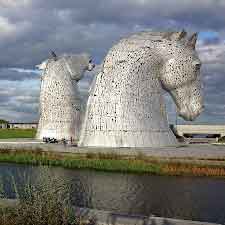
The Kelpie’s enduring image shows how mythology continues to influence modern identity, blending folklore with art and tourism.
Conclusion
The Kelpie remains one of the most enduring figures of Celtic mythology—a creature that embodies danger, beauty, and transformation. Whether feared as a monster or admired as a cultural icon, the Kelpie continues to remind us of the powerful relationship between people, myth, and the natural world.

